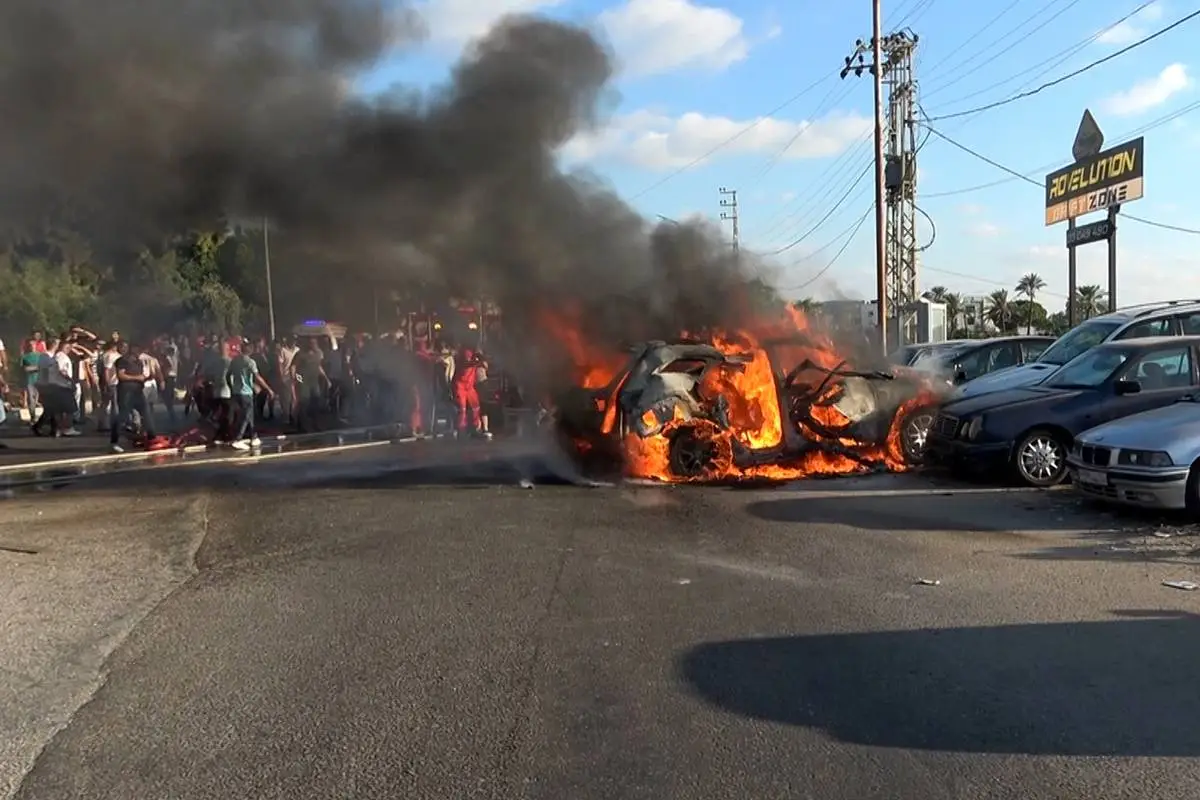On Sunday alone, Lebanon’s Ministry of Public Health announced the death of three individuals and the injury of 13 as a result of Israeli strikes on southern towns.
The casualties include one injury due to a strike on the town of Wazzani, one death as a result of a strike on the town of Beit Lif, two deaths as a result of an Israeli raid on the town of Taybeh and 12 injuries due to a raid on the town of Ma’aroub, including that of a 5-month old child and a woman in critical condition.
These raids represent a continuation of Israeli forces’ attacks on Lebanese residential gatherings and infrastructure. While mainstream media and political actors focus on the prospects of a potential all-out regional escalation of the conflict, Israeli forces have continued their onslaught on Gaza, Lebanon and other countries of the region.
Strike on Sidon
On Friday, Israel struck deep into the city of Sidon, killing one individual and injuring two others. The assassinated individual was identified as Hamas official Samer al-Hajj, whose car was hit with a drone strike in the al Hisbah area adjacent to the Ain al Hilweh refugee camp.
Following the event, a protest march took place in the Ain al Hilweh camp, condemning the assassination. Protesters chanted in support of resisting the occupation, and particularly in support of Hamas.
Massacre in al-Tabin School in Gaza
During the early dawn hours of Saturday, Israeli forces committed a massacre in Gaza when they targeted al-Tabin school during the Fajr prayer, martyring over 100 individuals. This was equal to 90 percent of everyone present at that location, according to Civil Defense Spokesperson Mahmoud Basal.
According to Bassal, the martyrs’ bodies were scattered all over the place. Reports mention that not a single body was identifiable due to the huge impact of the attack, which included two war missiles and one reconnaissance missile.
Back-to-Back Massacres as Fate of the Conflict Remains Unknown
Israeli forces’ massacres come at a time where two opposite scenarios are plausible: an all-out regional escalation of the conflict, or a potential ceasefire.
Two weeks ago, an Israeli drone strike targeted Hezbollah senior commander Fouad Shukr in Beirut’s southern suburbs. Less than a day later, the head of Hamas’s political bureau, Ismail Haniyeh, was assassinated by Israeli forces in Iran’s capital city of Tehran.
Both Hezbollah and Iran have vowed retaliation for the assassinations. However, such a retaliation remains absent by both parties so far. Hezbollah Secretary General, Hassan Nasrallah, claimed that the response will be calculated.
In anticipation of the strikes – particularly in deterrence of an Iranian retaliation – the United States put in place considerable preparations. The US army has deployed around a dozen of F-22 Raptor fighter jets in the Middle East region and 12 warships, including the amphibious assault ship USS Wasp and the aircraft carrier USS Theodore Rosevelt.
As Lebanon and the region’s population stand defenseless in anticipation of the conflict’s direction, Israeli forces continue causing destruction and death unabatedly.


